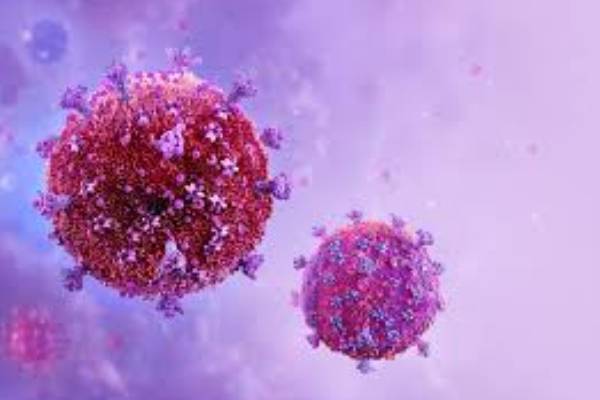In a landmark discovery that could transform the global fight against HIV/AIDS, researchers at the Peter Doherty Institute for Infection and Immunity have developed a groundbreaking technique using mRNA technology to force hidden HIV out of its dormant state in the body.
Published in Nature Communications, the study reveals how specially engineered lipid nanoparticles can deliver mRNA into immune cells where HIV lies latent – a longstanding barrier to curing the infection.
Unlike current antiretroviral therapies (ART), which suppress but cannot eliminate the virus, this approach aims to expose and potentially eradicate HIV’s elusive reservoirs.
HIV’s ability to hide indefinitely in certain white blood cells – forming so-called “latent reservoirs” – has thwarted cure efforts for decades.
These reservoirs remain invisible to both immune defences and drugs, allowing the virus to rebound if treatment stops.
“Before this, we had no way to effectively target these dormant cells,” said Dr. Paula Cevaal, co-first author of the study. “Now, we’ve found a key to unlock them.”
The team engineered a novel lipid nanoparticle (dubbed LNP-X) to deliver mRNA into reservoir cells. Once inside, the mRNA instructs the cells to reveal hidden HIV, making it vulnerable to detection and attack.
“We were stunned by how dramatically this worked – from zero activity to suddenly unmasking the virus,” Dr. Cevaal said.
While not yet a cure, the breakthrough offers a critical missing piece: a way to expose HIV’s hiding places.
The next challenge is ensuring the immune system – or supplemental therapies – can then destroy the revealed virus.
“This is a tool, not the solution,” Dr. Cevaal emphasized. “But for the first time, we have a clear path forward.”
With 39 million people living with HIV worldwide and ART requiring lifelong use, the discovery sparks hope for ending the pandemic.
UNAIDS hailed it as “the closest we’ve come to solving one of modern medicine’s greatest challenges.”
Further clinical trials are planned to refine LNP-X and test eradication strategies. For now, millions await progress with cautious optimism.





